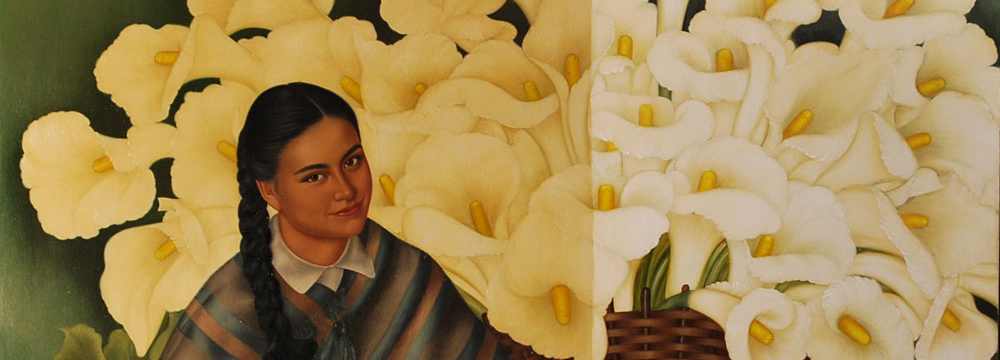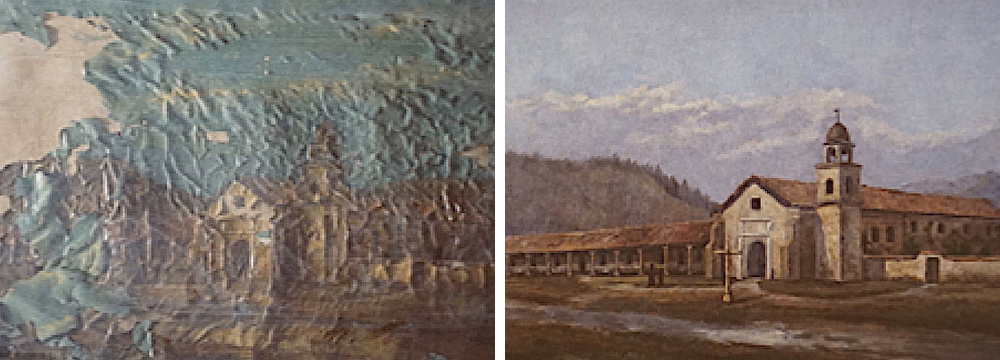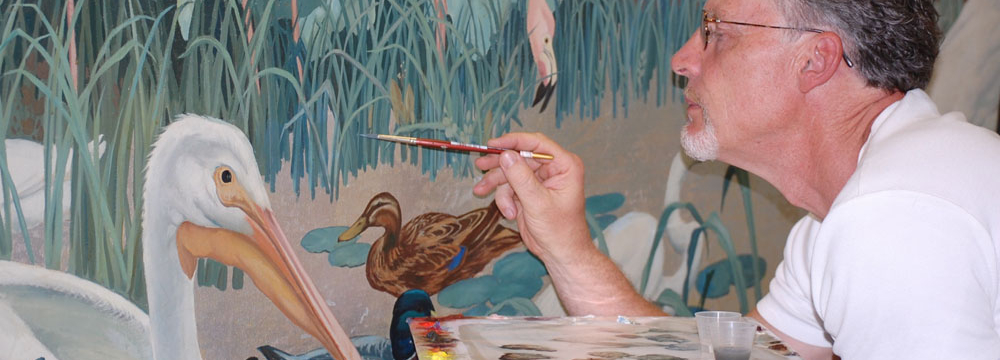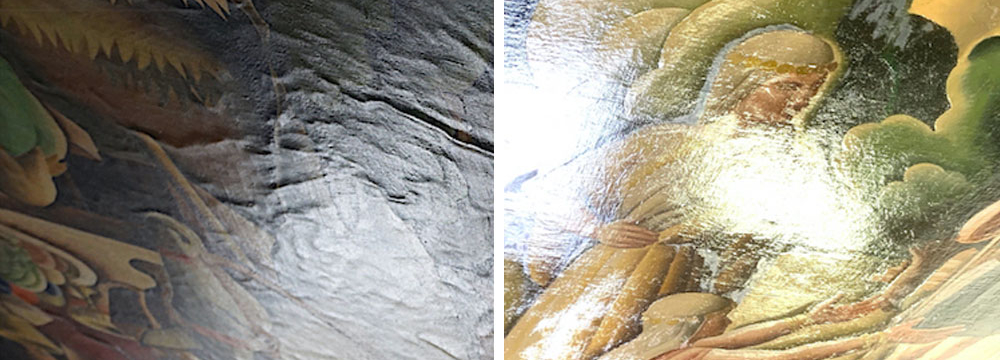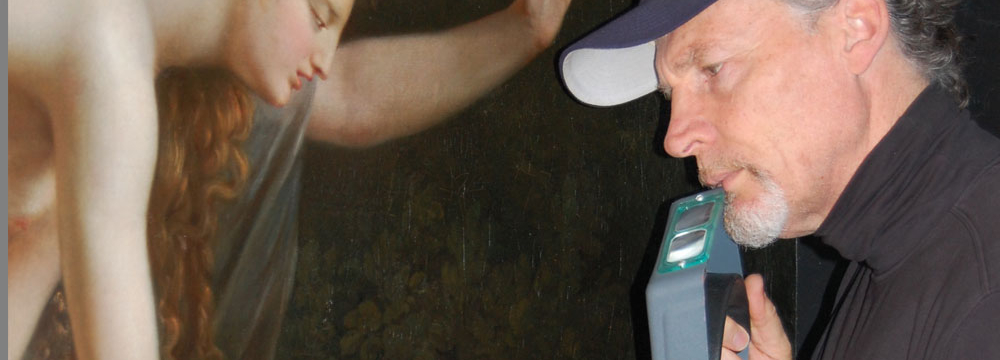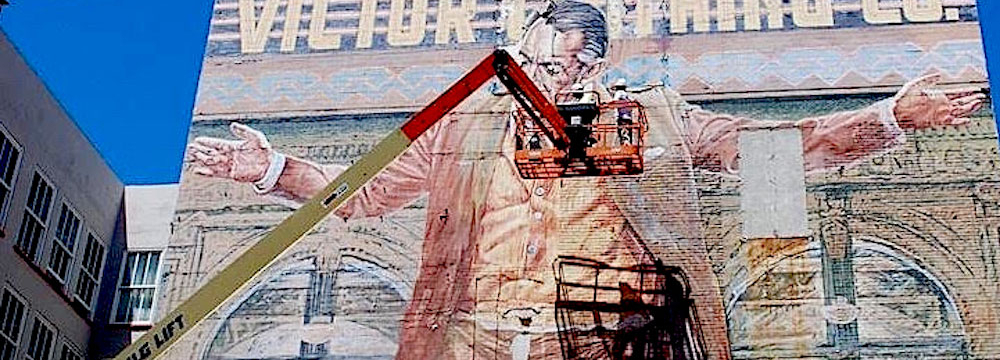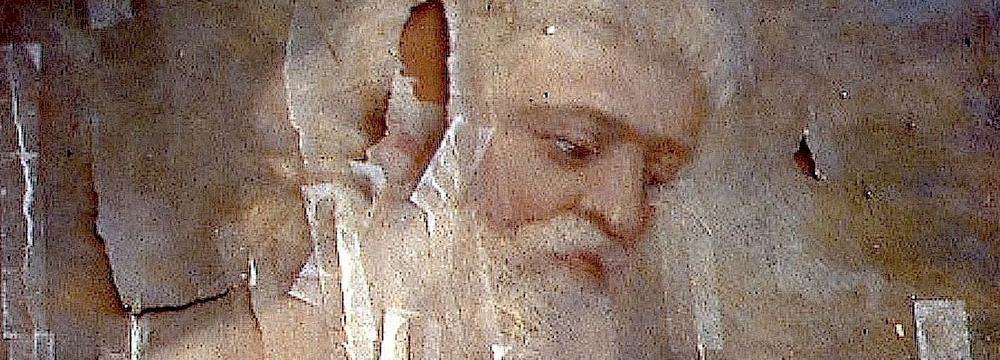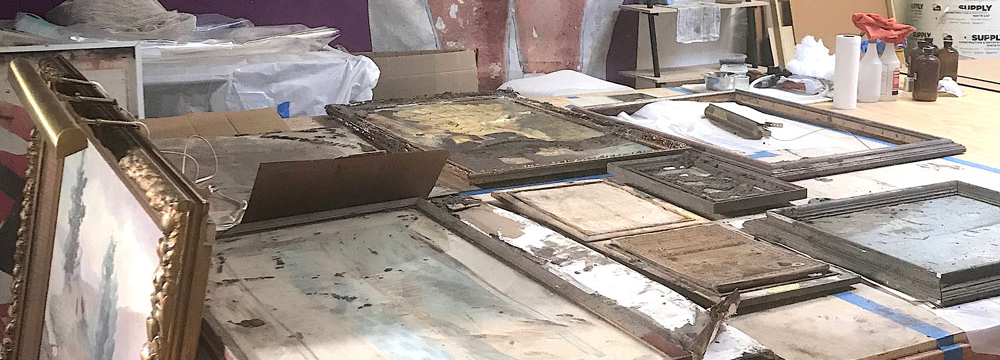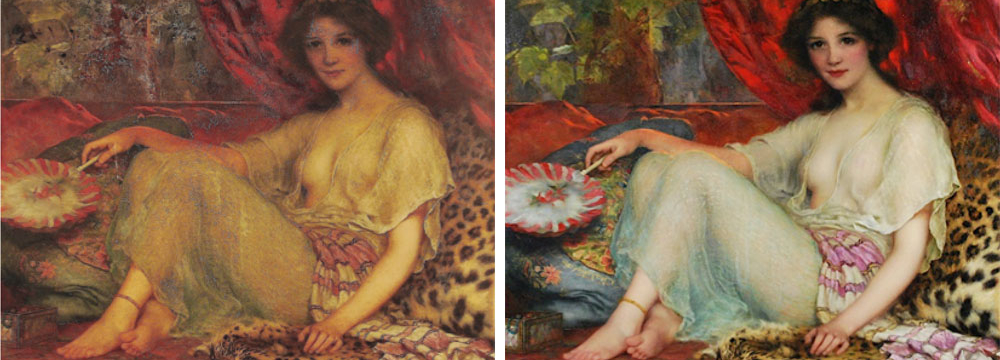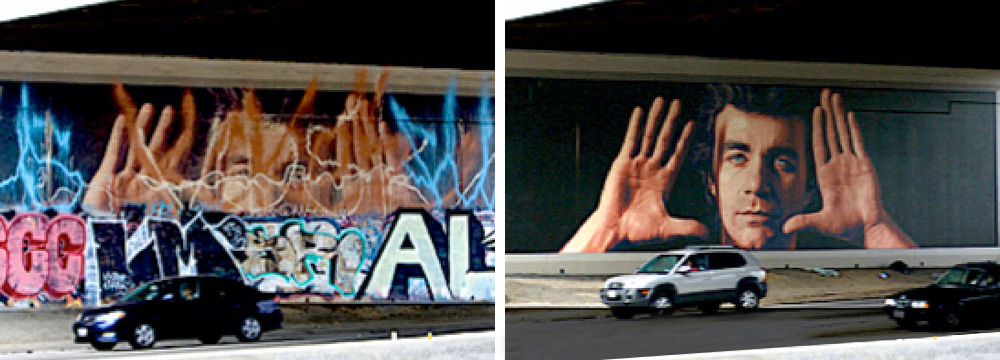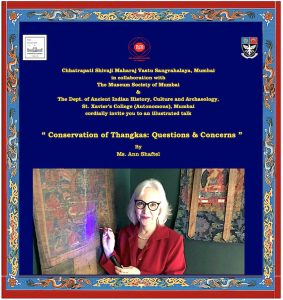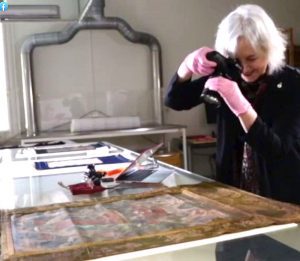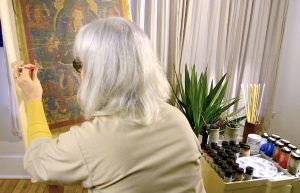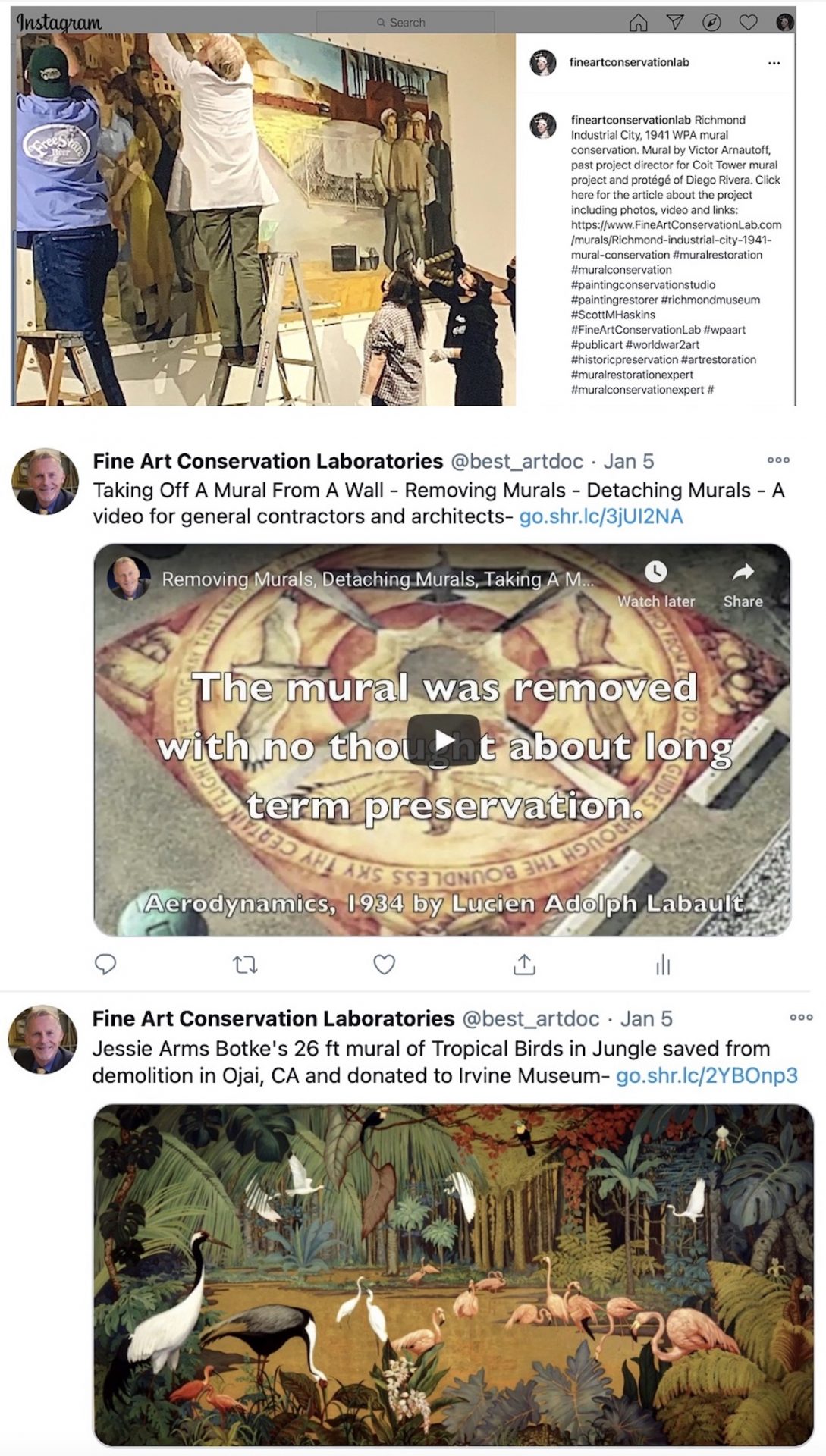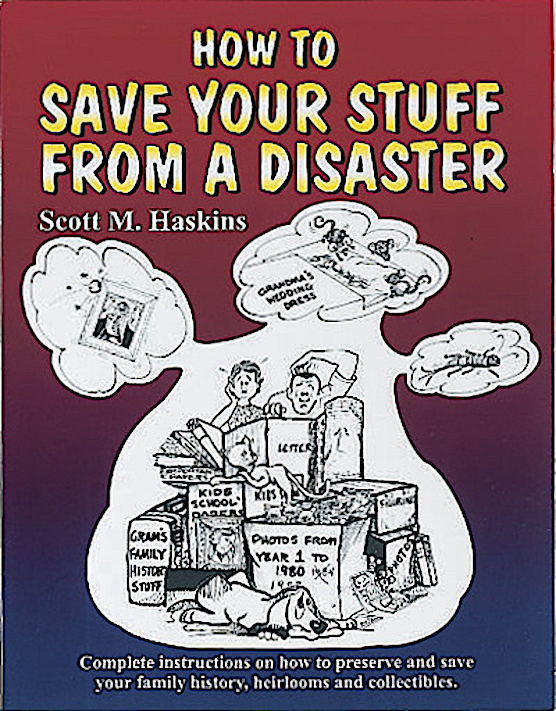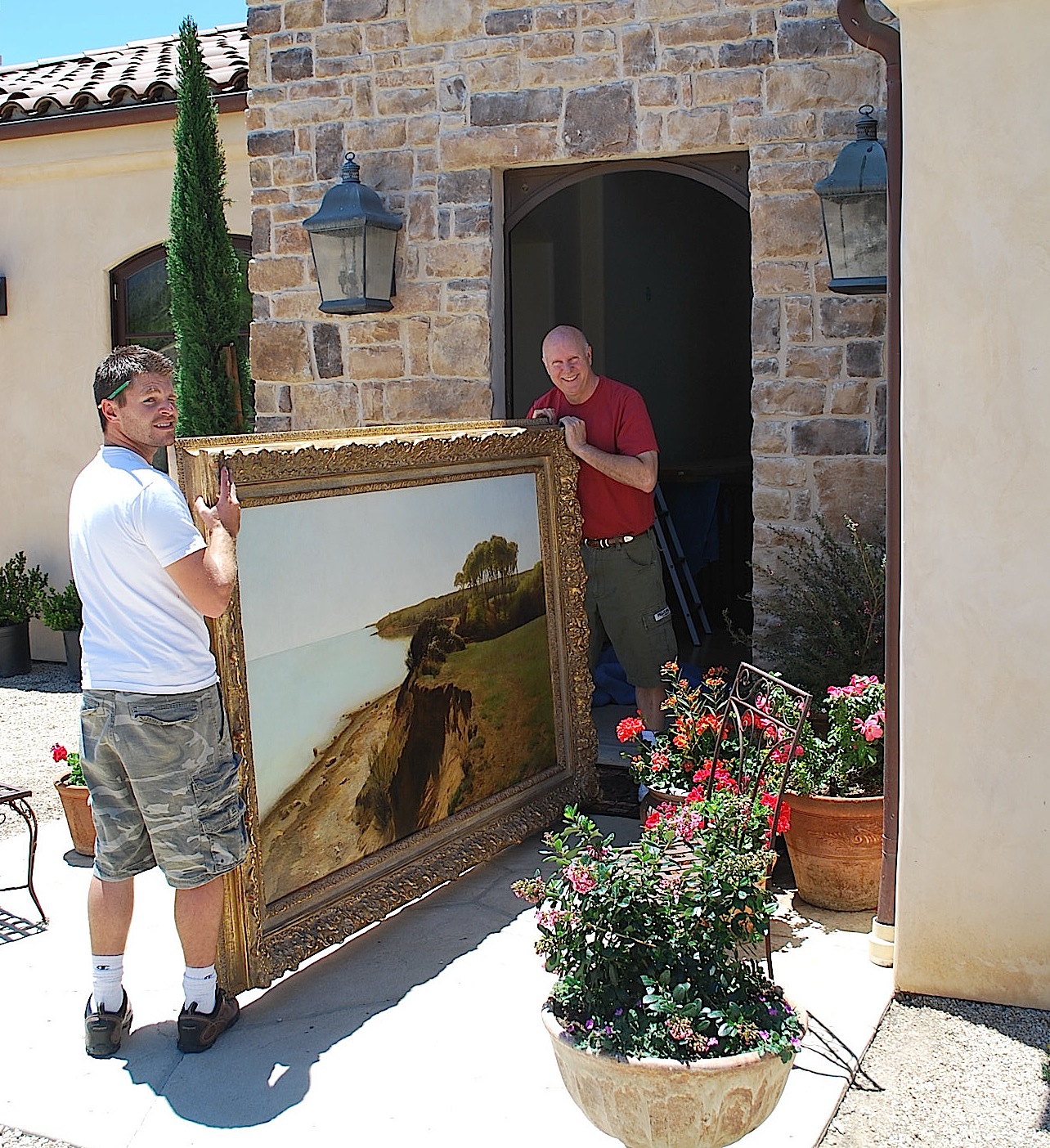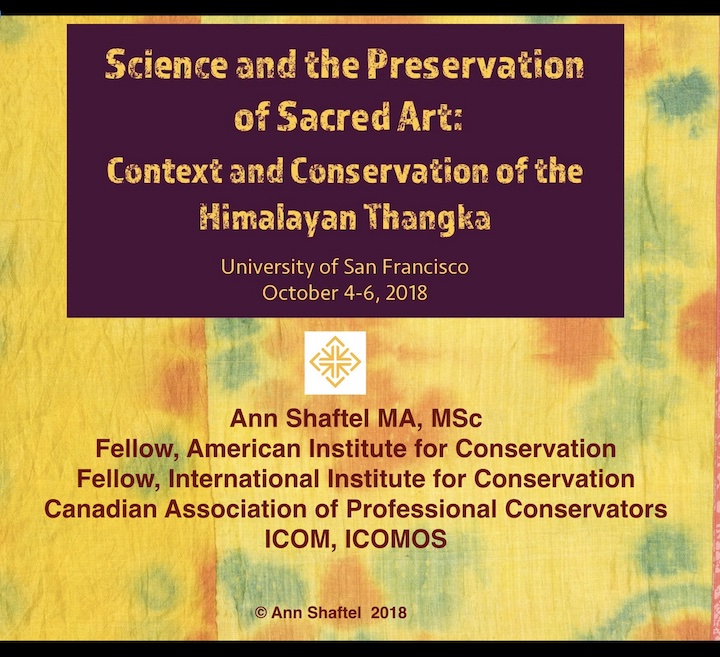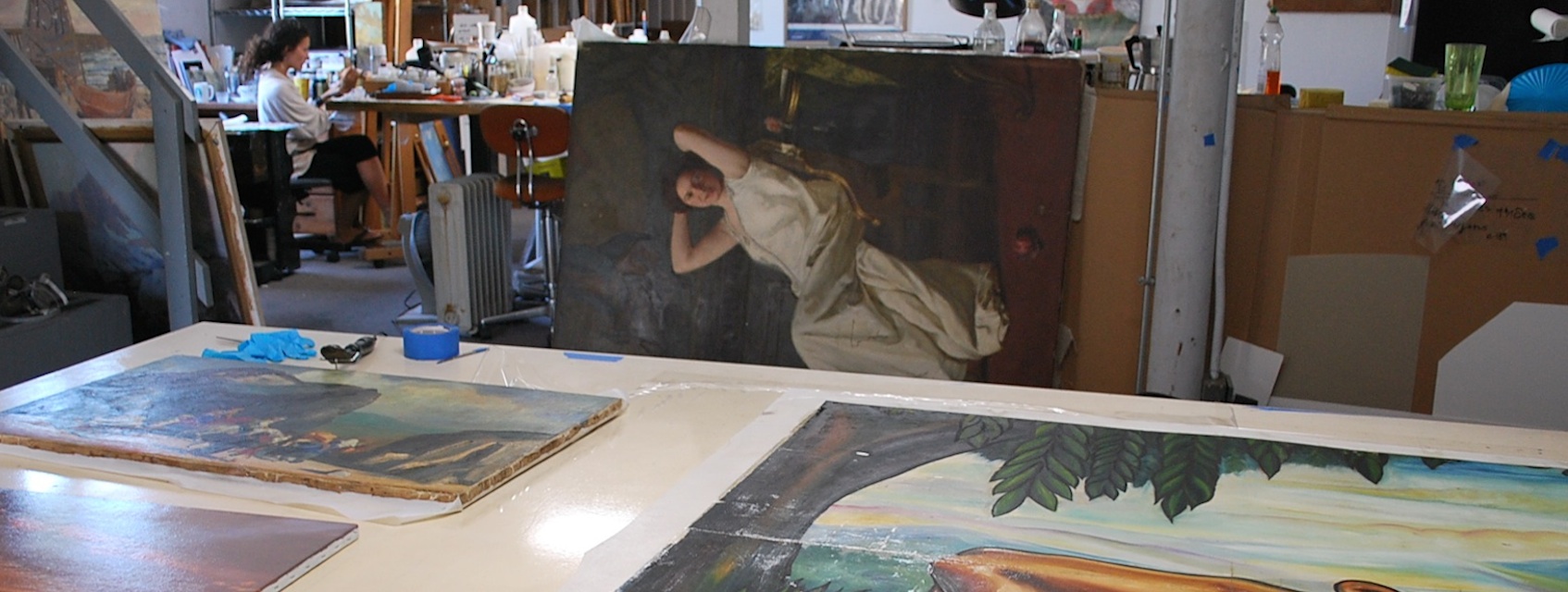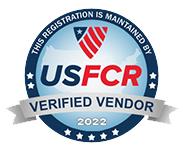Queen’s University – Masters in Art Conservation Program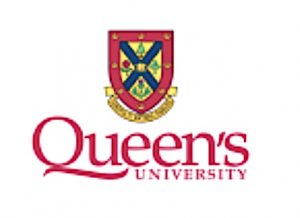
Public Outreach For Students and Alumni
Using As An Example “Treasure Caretaker Training”
The Margaret Light Visiting Scholar Ann Shaftel
Today is the first day of an entire week of THANGKA events for Queen’s University Masters in Art Conservation Students and Alumni. Everyone is looking forward to lively, interactive, online discussions about the preservation and conservation of thangka paintings, textile mountings, textile thangkas, and a live online visit to a local Buddhist monastery to see thangkas in a shrine room setting (hosted by resident monastics). Also, please join us for a free event on Tuesday!
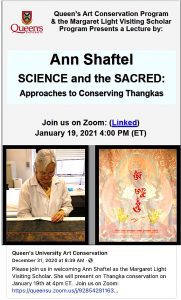 This event and Treasure Caretaker Training is supported in many ways by the following organizations: Preservation of Buddhist Treasures, Canadian Conservation Institute, Canadian Association for Conservation of Cultural Property, American Institute for Conservation, International Institute for Conservation (IIC), Tibetan Studies at SOAS and in London, Khyentse Foundation ,Prince Claus Fund, Rubin Museum of Art, 香港佛學研究所 Hong Kong Buddhist Studies, Association Shang Shung Foundation, International Institute for Tibetan Culture, Tsadra Foundation, NYU Shanghai Dalhousie University. School of Information Management,Buddhistdoor Global, Fine Art Conservation Laboratories (FACL, Inc.) who is also an Advisor of Treasure Caretaker Training, the “award-winning international non-profit advising monasteries and communities on how to protect and preserve their own sacred art”.
This event and Treasure Caretaker Training is supported in many ways by the following organizations: Preservation of Buddhist Treasures, Canadian Conservation Institute, Canadian Association for Conservation of Cultural Property, American Institute for Conservation, International Institute for Conservation (IIC), Tibetan Studies at SOAS and in London, Khyentse Foundation ,Prince Claus Fund, Rubin Museum of Art, 香港佛學研究所 Hong Kong Buddhist Studies, Association Shang Shung Foundation, International Institute for Tibetan Culture, Tsadra Foundation, NYU Shanghai Dalhousie University. School of Information Management,Buddhistdoor Global, Fine Art Conservation Laboratories (FACL, Inc.) who is also an Advisor of Treasure Caretaker Training, the “award-winning international non-profit advising monasteries and communities on how to protect and preserve their own sacred art”. 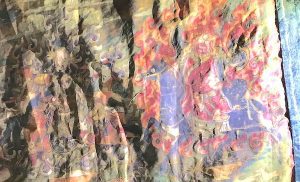 “For decades, Ann Shaftel, the Treasure Caretaker Training Project and its advisors have shared their expertise with many institutions and individuals in the Himalayan region and beyond so that the precious literary and artistic treasures of Buddhist traditions may be skillfully preserved. I am delighted with regard to the new initiative, the Preservation of Buddhist Treasures Resource, which will make this carefully developed and unique skill set even more impactful. I offer my best wishes, blessings and prayers for the success of this worthy altruistic endeavor.” Dzogchen Ponlop Rinpoche
“For decades, Ann Shaftel, the Treasure Caretaker Training Project and its advisors have shared their expertise with many institutions and individuals in the Himalayan region and beyond so that the precious literary and artistic treasures of Buddhist traditions may be skillfully preserved. I am delighted with regard to the new initiative, the Preservation of Buddhist Treasures Resource, which will make this carefully developed and unique skill set even more impactful. I offer my best wishes, blessings and prayers for the success of this worthy altruistic endeavor.” Dzogchen Ponlop Rinpoche
The example of preserving this culture’s heritage is certainly a marvelous example for the master degree program’s associates. The presentations highlight the work of teaching and implementing collection maintenance standards and procedures but also exemplify the necessity and methods of reaching out to the public to share the experience, open understanding and to give others the opportunity to connect, participate and assist in humanitarian work, cultural heritage preservation work and promote cross cultural travel and understanding.
Given the importance of reaching out to our communities with interesting adventures in conservation, Ann Shaftel offers this testimonial for Scott M. Haskins and FACL’s participation in this Master Degree level course: “The FACL lecture looks so professional and inspiring for the students that we made it the agenda for the entire first day! A good example of how to do engaging public outreach but keep it educational.”
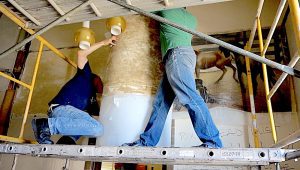 Saving a WPA mural from demolition in West Texas
Saving a WPA mural from demolition in West Texas
“The response from the attendees was very positive to your outreach. I explained that your presentations are successful because you have control over it, and also I explained that you targeted the specialized needs of your audience and don’t just throw up something generic. I held you up as an example of someone who is successful and doing outreach correctly.”
It should be remembered, or even learned, that as an important strategy for marketing this educational material, each piece of media is produced to target a specific type of “client.” None of this educational media is ever produced with the professional conservation field in mind, for example. Here are some samples from the course:
Example of a small project (making it entertaining and educational): https://www.youtube.com/watch?v=Quxc5mGb55Q
Example of a big project (unusual): https://youtu.be/j38D2O_4MN8
Client testimonials (others share with your public):
- private client: https://www.youtube.com/watch?v=JSw5ynRJNlQ
- govn’t: https://www.youtube.com/watch?v=BeHMxDh0pvA
- general contractor: https://youtu.be/84eQMVkAYoc
FB, Tweets, Instagram examples:
Pre covid publication
https://www.youtube.com/watch?v=2b8mVo8UaKg
During Covid Quarantine,
(instead of watching soap operas)

Other ideas to discuss if time permits:
- Helping protect contemporary murals: https://www.youtube.com/watch?v=CJhlIY_TXuM
- Murals in Italy: https://www.youtube.com/watch?v=0N8hRG7a0pA
- Discussing with clients newly discovered inscriptions: https://youtu.be/CMmdOPPF52o (we decided to lengthen the entire painting and recover all of the original image and writing on the upper border AND the lower border (which meant major work on the architectural frame too).
- Collector tips on hanging a large painting: https://www.youtube.com/watch?v=l64TEsMBDWI
Students were invited on their own time to look through FACL’s blog: https://www.FineArtConservationLab.com/blog
This media page is fun: https://www.FineArtConservationLab.com/media-room
Here is our YouTube channel : https://www.YouTube.com/bestartdoc
Please leave comments below the videos and articles you see… and give them a thumbs up.
Treasure Caretaker Training is a 501 (c) 3 charity
https://www.treasuresresource.com
https://www.facebook.com/TreasureCaretaker
Since 1970, monks, nuns, conservators and scholars working together within monasteries for preservation of Buddhist treasures. Combining science with respect for traditional methods and materials.
Preservation Resources for Pandemics, fire, earthquakes, floods, and theft threaten Buddhist treasures in monasteries and communities!
TO DONATE: https://treasure-caretaker-training.networkforgood.com
https://treasure-caretaker-training.networkforgood.com
Working in monasteries since 1970, we are dedicated to preservation of Buddhist treasures. Because of your kind and generous donations, Preservation of Buddhist Treasures Resource is available free-of-charge on-line, including topics of disaster planning and recovery, documentation, safe storage and more. Monasteries are requesting translation from the English original into Tibetan, Hindi, Mandarin, Nepali and Dzongkha.
All Risk Assessment chapters are freely available on https://www.treasuresresource.com.
Written in response to preservation questions from monks, nuns and community members, and illustrated with images from within monasteries, the Risk Assessment chapters are enriched by input from scholars, conservators and our monastic readers. By request, the next chapter will be Thangka Preservation, when your donations make this possible.
Our monk and nun treasure caretakers are also grateful for your donations towards 2021 preservation workshops, with invitations from Nepal, Bhutan, and Sikkim when travel resumes. Read about Risk Assessment in monasteries and how it can prevent damage to precious lineage treasures.
What can FACL and Scott M. Haskins do for your organization to help increase a sense of “community,”, fundraise, membership drives, docent training? Call 805 564 3438 or faclofficemanager@gmail.com
